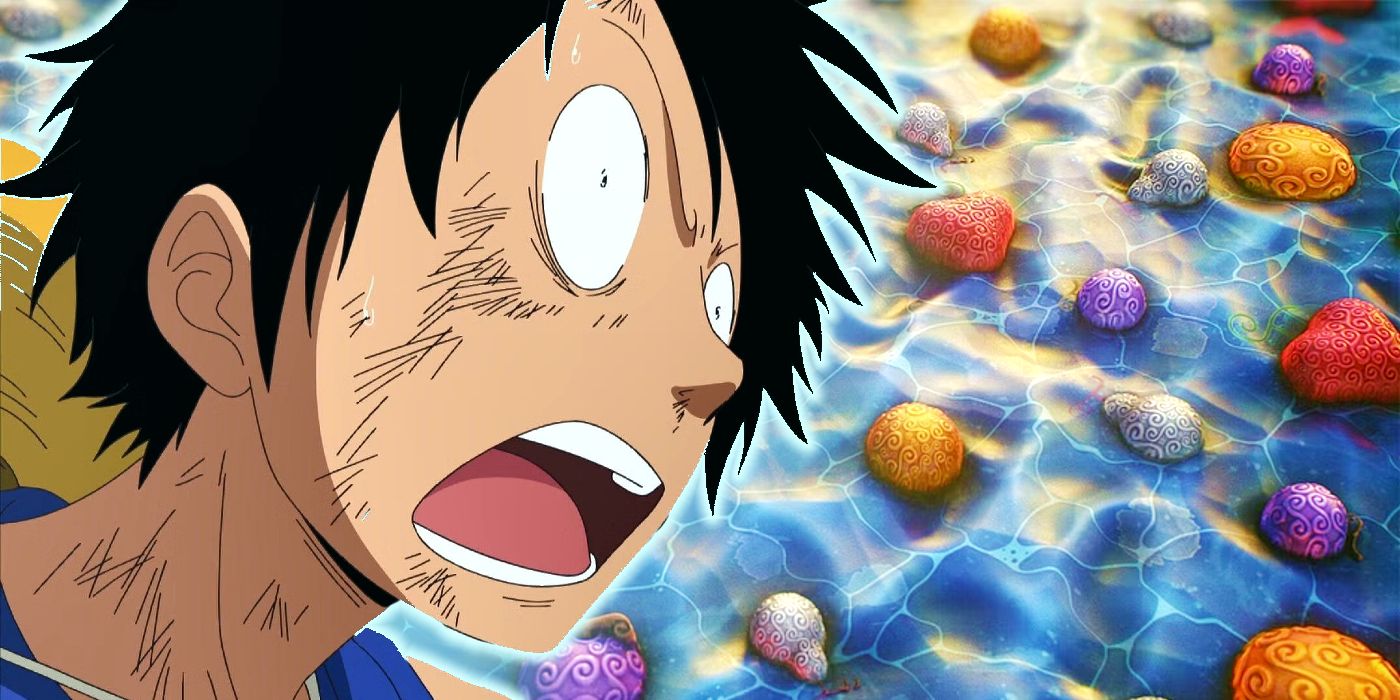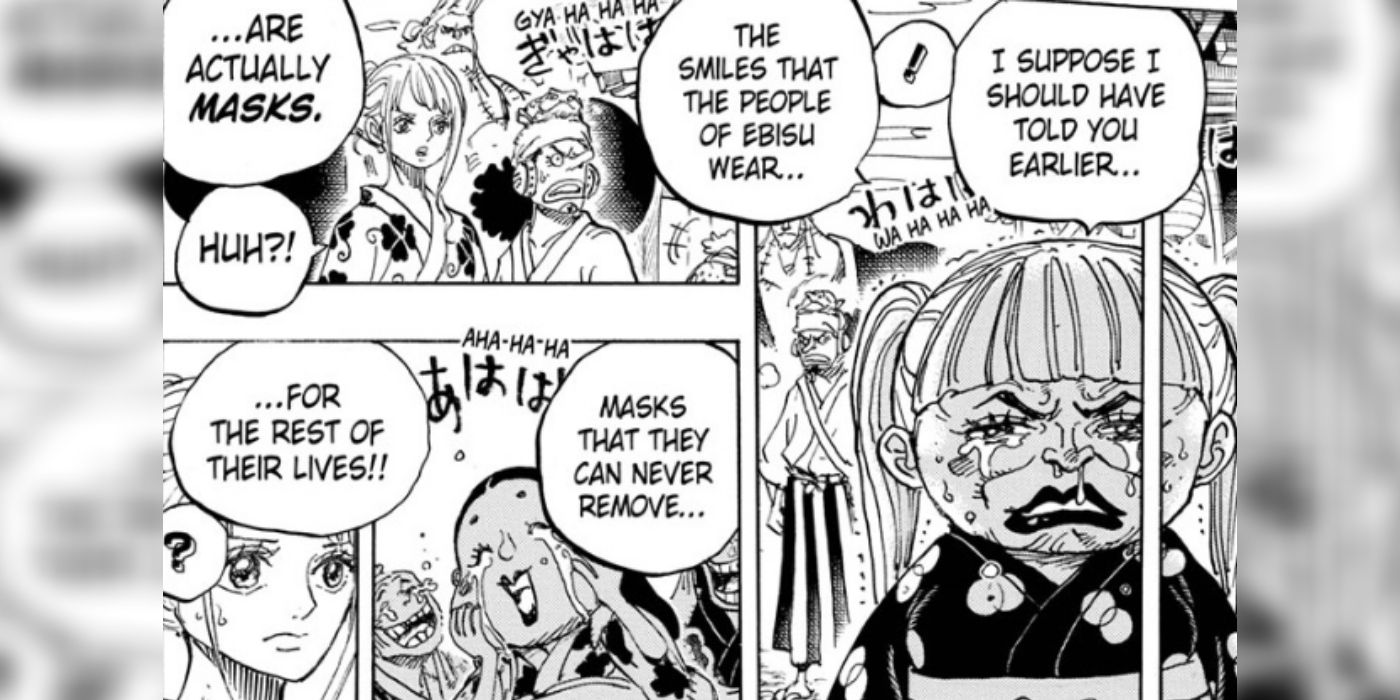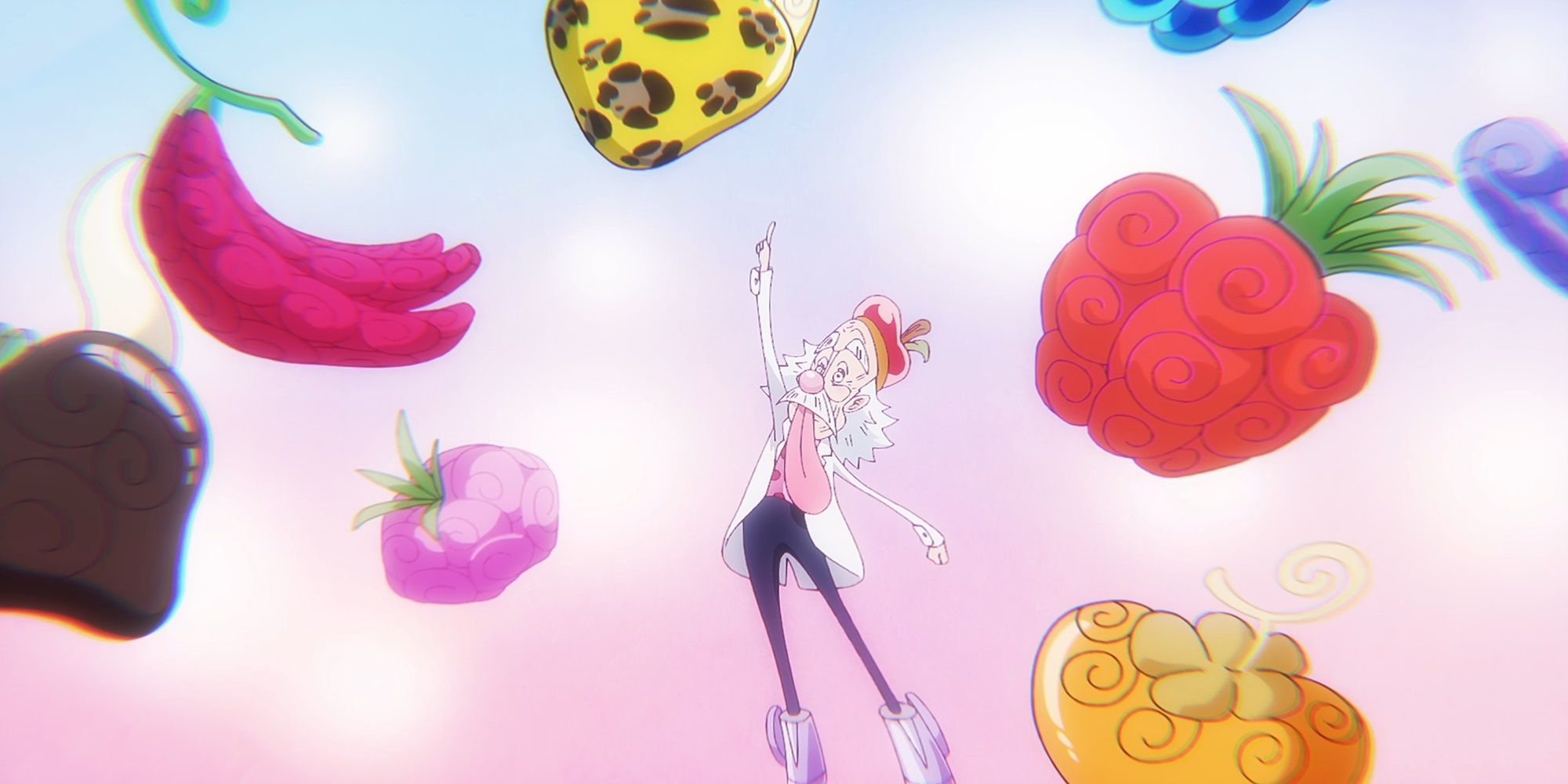For many years, fans of One Piece have speculated about what happens to artificial Devil Fruits after their users die. Unlike natural Devil Fruits, which can potentially be reincarnated elsewhere in the world after a user’s death, the SMILE artificial fruits introduced in the Dressrosa and Wano arcs have remained a mystery. Due to their unique properties and tragic shortcomings, many believe they follow a similar rule to natural fruits. However, author Eiichiro Oda has ultimately clarified their fate.
In a recent interview, Oda explicitly stated that artificial Devil Fruits do not function like their natural counterparts. When a user of an artificial Devil Fruit dies, its power does not transfer or reincarnate; it simply ceases to exist. This revelation alters how fans understand the long-term effects of SMILE fruits and raises new scientific questions about their creation.

The Unique Nature of Artificial Devil Fruits in One Piece
Unlike natural Devil Fruits, artificial fruits are designed by Dr. Vegapunk and mass-produced by Donquixote Doflamingo using the SMILE formula derived from Caesar Clown’s incomplete research. These fruits mimic the Zoan transformation but come with abilities that cannot be predicted, particularly relevant for those who consume them without full control.

Fans have long questioned whether artificial Devil Fruits follow a reincarnation cycle similar to natural fruits. If a user of SMILE retains some capabilities after death, does that mean the transfer of power is not legitimate?
Now, with Oda confirming that SMILEs lose their essence when the user dies, it adds another layer of tragedy for those who have consumed them. Unlike natural Devil Fruit users, individuals who use SMILEs may find their powers dissipate entirely after death, further emphasizing the flawed and unnatural nature of these artificial fruits.
A Significant Shift for the Devil Fruit System in One Piece

This new information alters how fans perceive the core mechanics of artificial Devil Fruits. Since they do not follow the same cycle as natural fruits, their existence could depend more on the vitality of the user rather than a unique inherent characteristic. It also highlights the potential advancements in Vegapunk’s research on SMILEs, especially compared to Zoan fruits like Kaido’s Uo Uo no Mi, which may operate under different principles and could possibly replicate the natural reincarnation process more accurately.
Furthermore, Oda’s statement raises the question of whether artificial Devil Fruits can be improved in the future or if their inherently flawed nature is an unchangeable aspect. If an artificial Devil Fruit could achieve complete reincarnation, it would blur the lines between science and the supernatural even further in One Piece. However, currently, SMILEs remain a significant failure, continuing to serve as a reminder of the experimental nature and profound shortcomings associated with them.





















